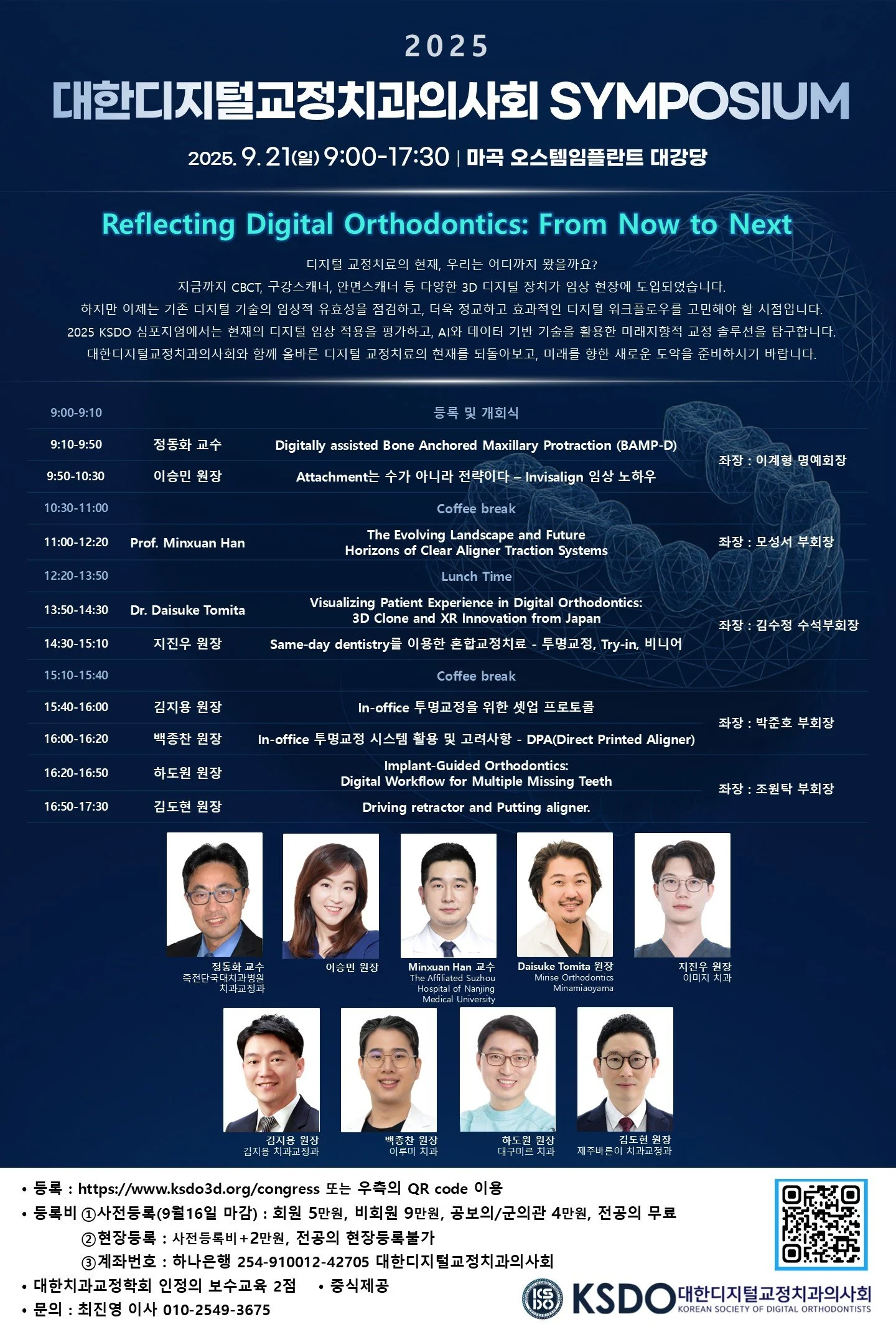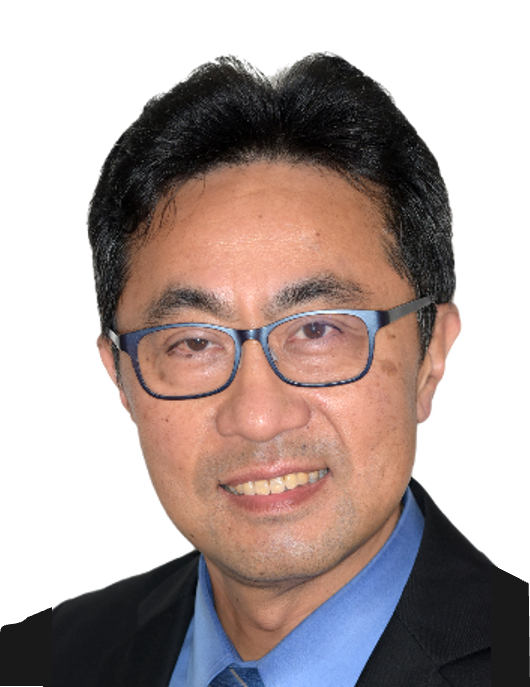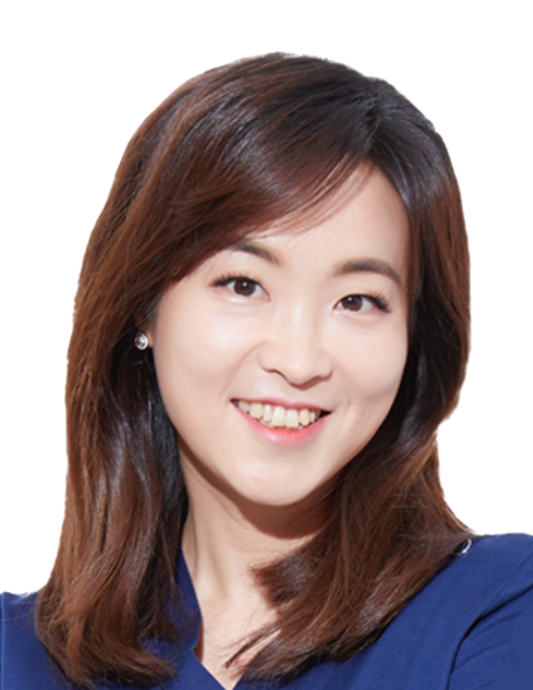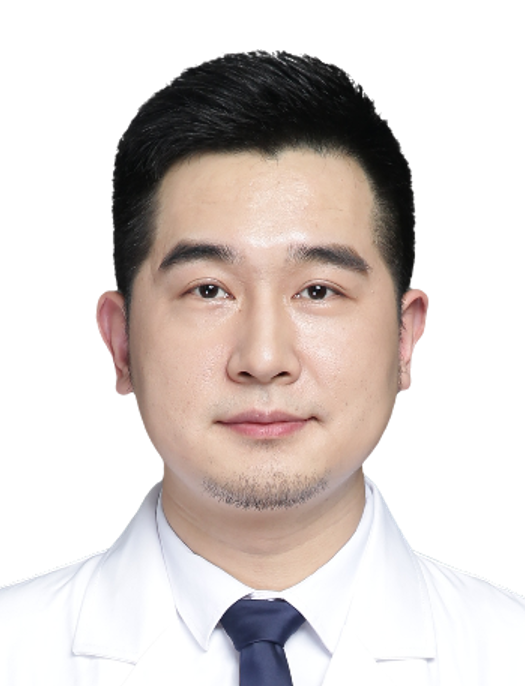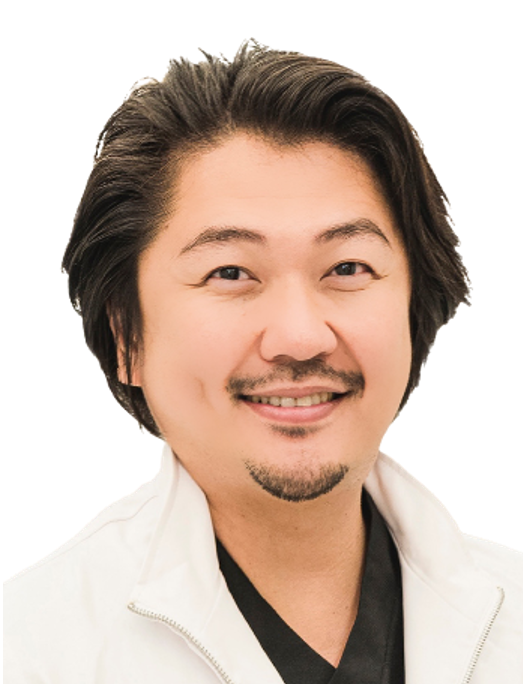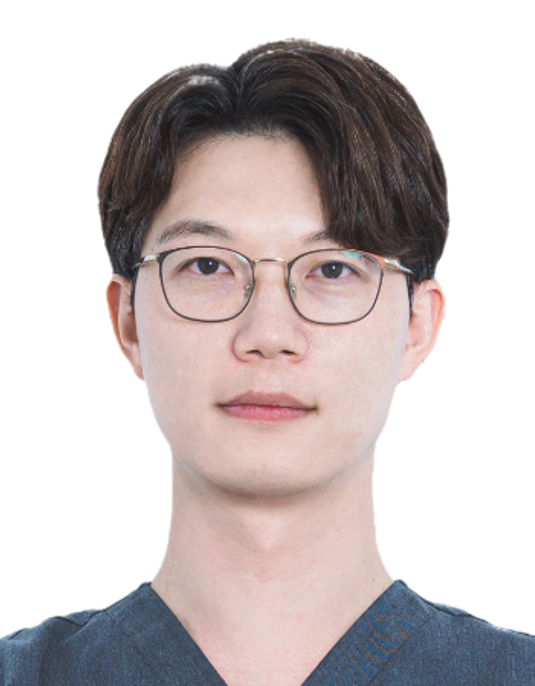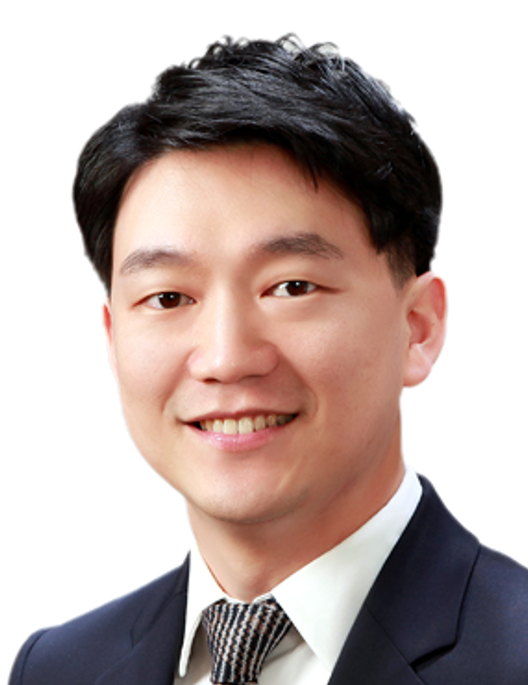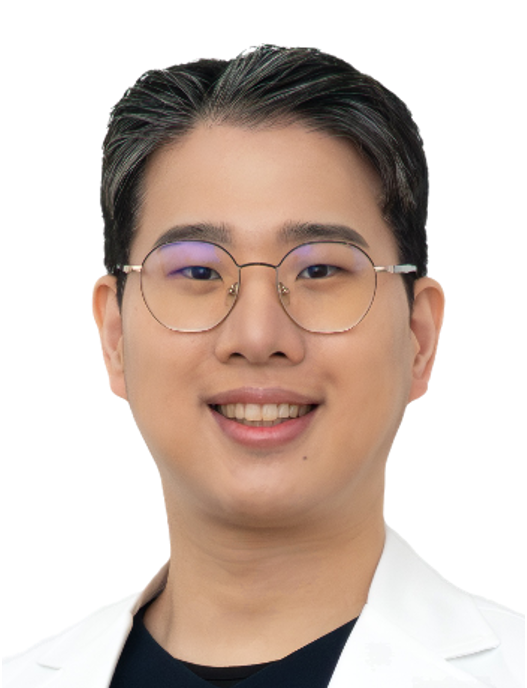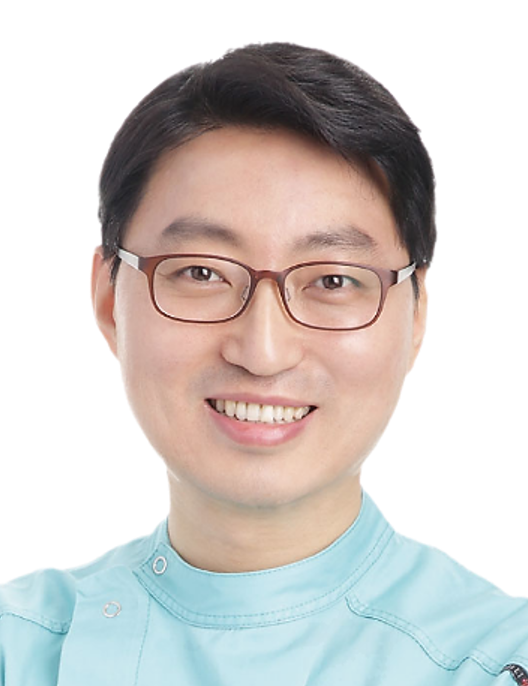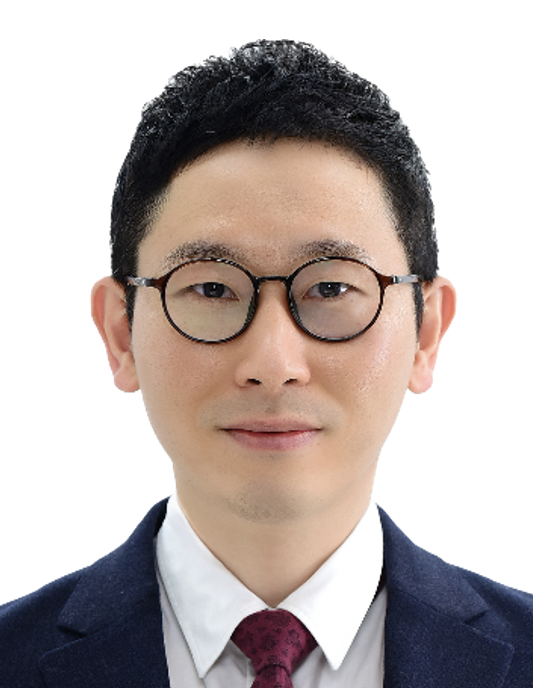Speaker’ s CV and Presentation Abstract
Prof. Dong-Hwa Chung
-
-
Dong-Hwa Chung received the DDS degree from Dankook University, Korea in 1992 and got trained the orthodontic resident program at the same school. After finishing the military duty in Korea, he moved to US, joined Dr. John Rugh's lab at University of Texas Health Science Center at San Antonio as a Research Fellow in 1999, and received PhD degree from Baylor College of Dentistry, Texas A&M, Dallas, Texas in 2004.
He has worked as an assistant professor at the department of orthodontics, Dankook University in 2005 and is a professor at the school. He continued his research on mechanical property of human cortical bone and Finite Element Model of various clinical environments and conducted various studies on Maxillary Protraction and published several articles. Now he focuses on 3D metal printing and digital work flows.
-
There are two main concerns about the management of BAMP: compliance and feasibility. BAMP needs patients’ cooperation, which is possible with intraoral traction. Orthodontists must control the skeletal anchorages. However, one of the biggest challenges for intraoral BAMP is anchor preparation on the infrazygomatic crest. For feasibility, the placement of anchor should be managed by orthodontists. Therefore, I suggest digitally assisted BAMP which is a feasible and manageable procedure. The location of TAD is midpalate supported by 4 mini implnats. Upper part is one rigid body. Bicortgical anchorage by digital navigation is offered. Every step is done by orthodontists in daily practice office with mini-implant without incision or suture.
3D printing technology helps orthodontists to develop many different fields of clinical applications. 3D SLICER and Autodesk MESHMIXER, free and open-source software, offer simple and intuitive interfaces for creating and editing 3D objects. These are free and open to the public. 3D slicer is utilized for navigating proper position for microimplants. Meshmixer is particularly valued for its versatility and wide range of applications. With Meshmixer, we can fabricate the placement guides: saddle bands for upper arch and TAD guide on lower arch. It comes with a detailed user manual and does not require registration or incur any costs, making it highly accessible for clinical use. We will discuss the key factors for making the surgical guide for microimplant using feasible digital technology with free CAD/CAM programs.
Dr. Seung-Min Lee
-
-
Ph.D. in Dental Medicine, Pusan National University School of Dentistry
M.S.D. in Dentistry, Pusan National University School of Dentistry
M.S. in Toxicology, Department of Food and Nutrition, Seoul National University
B.S. in Food and Nutrition / Economics, Seoul National University
Orthodontics Residency, Department of Orthodontics, Pusan National University Dental Hospital, Yangsan
Internship, Pusan National University Dental Hospital, Yangsan
-
One of the key factors in improving the predictability and efficiency of Invisalign treatment is the appropriate use of attachments. Attachments play a dual role in both delivering precise forces to guide tooth movement and maintaining optimal aligner retention. However, many clinicians adopt the strategy of placing multiple attachments in an effort to enhance control, which can paradoxically lead to undesirable outcomes such as increased resistance, patient discomfort, and reduced compliance.
This lecture will provide an in-depth analysis of various attachment types—optimized versus conventional—and their functional differences based on biomechanical principles. Strategies for designing and positioning attachments effectively, depending on specific tooth movement goals, will be presented. Special emphasis will be placed on understanding the limitations of automatically generated attachments in ClinCheck and how to critically evaluate, modify, or request repositioning of attachments using sound clinical judgment. Practical tips will be shared to support these modifications and improve clinical outcomes.
Prof. Minxuan Han
-
-
Director of the Center for Dentofacial Development and Malformation Diagnosis & Treatment, the Affiliated Suzhou Hospital of Nanjing Medical University
Associate Professor, Master’s Supervisor of Gusu College of Nanjing Medical University
Deputy Chief Physician, Department of Stomatology, Suzhou Municipal Hospital (group)
Ph.D. in Orthodontics from Kyungpook National University (South Korea)
Master of Orthodontics from Nanjing Medical University
Member of the 7th Special Committee on Temporomandibular Joint Disorders, Chinese Stomatological Association
5th Young Lecturer of the Aesthetic Dentistry Special Committee, Chinese Stomatological Association
1st Young Member and Secretary of the Aesthetic Dentistry Special Committee, Jiangsu Provincial Stomatological Association
Member of the 2nd Facial Rejuvenation Branch, Jiangsu Provincial Association of Plastic and Aesthetic Surgery
Member of the 2nd Committee of Dental Medicine Branch, Jiangsu Maternal and Child Health Association
-
In clear aligner treatment, traditional traction methods are limited, relying mostly on simple elastics—often leading to inconsistent force, tricky control over direction and intensity, and possible discomfort .
Angel Hooks and Angel Buttons, however, represent a true evolution. Engineered specifically for clear aligners, they deliver enhanced precision: Hooks provide stable, custom-positioned anchors to ensure optimal force direction and strength, while digitally doctor-designed Buttons enable diverse traction patterns—making treatment more effective, controlled, and patient-friendly.
Dr. Daisuke Tomita
-
-
As Director of MIRISE Orthodontic Clinic Minami Aoyama and CEO of the MIRISE Well Medical Group, Dr. Tomita integrates orthodontics with digital medicine across clinical, educational, and technological domains. He leads a Tokyo-based network combining orthodontics, oral surgery, regenerative medicine, XR, and AI.
After graduating from Showa Medical University School of Dentistry, he specialized in orthodontics at Tokyo Medical and Dental University Graduate School. He also completed the “Leading Digital Transformation in Healthcare” program at Harvard Medical School Executive Education.
He currently leads the development of a hyper-realistic 3D Clone Face Model that simulates skin texture, temperature, and even bleeding. The technology was presented at Stanford in May 2025 and is now on public display at Expo 2025 Osaka.
He has served as visiting instructor or professor at Stanford, CUHK, Al-Ryada University, Cebu Medical University, and Alfaisal University. He is also a Certified Orthodontist, Delegate of the Japanese Orthodontic Society, Specialist of the Jaw Deformities Society, and President of the Japan Oral Health Association. -
Digital innovation in orthodontics is evolving beyond operational efficiency toward transforming education and patient experience.
This lecture introduces real-world applications of XR in orthognathic surgical navigation, staff/patient education, and implementation of digital diagnostic workflows and remote monitoring.
It also explores the clinical future of the 3D Clone Face Model and envisions a collaborative pathway between Korea and Japan toward establishing global standards in immersive, experience-based digital orthodontics.
Dr. Jin-Woo Ji
-
-
조선대학교 치의학 대학원 졸업
물리학 및 컴퓨터공학 전공
저스트스캔 대표
-
디지털 치의학의 완전한 자동화: AI 워크플로우와 최종 보철 3D 프린팅의 시대
디지털 치의학은 이제 단순한 보조 도구를 넘어, AI와 3D 프린팅 기술을 통해 보철 제작의 전 과정을 자동화하고 최종 보철물까지 제작하는 혁신적인 단계에 이르렀습니다. 본 발표에서는 이러한 최신 기술이 임상과 기공 환경을 어떻게 바꾸고 있는지, 그리고 이를 활용한 새로운 치료 패러다임을 증례와 함께 제시하고자 합니다.
첫째, 보철 제작 전 과정에 관여하는 AI와 최종 보철을 위한 3D 프린터에 대해 집중적으로 다룹니다. AI 기반 구강 스캐너의 데이터 정합부터, 자동으로 마진을 탐지하고 최적의 형태를 제안하는 보철 디자인 소프트웨어, 그리고 밀링과 프린팅 과정의 오류를 예측하고 제어하는 AI 모니터링 시스템까지, 완전 자동화(Full-Automation) 워크플로우를 소개합니다. 특히, 강화된 물성을 통해 비니어, 덴처, 인레이 등 다양한 최종 보철물을 원내에서 즉시 제작 가능한 3D 프린팅 기술의 발전과 임상 적용 사례를 심도 있게 다룰 것입니다.
둘째, 투명 교정 치료의 최신 변화를 살펴봅니다. 광경화성 레진을 직접 3D 프린팅하여 제작하는 DPA(Direct Printed Aligner)가 기존 필름 방식 얼라이너 대비 가진 정밀도와 교정력의 차이를 비교 분석하고, 교정과 보철을 융합하여 심미와 기능을 동시에 달성하는 Ortho-Restorative 복합 치료의 최신 프로토콜을 공유합니다.
셋째, After look 기반의 비니어 치료 사례를 통해 심미 치료의 새로운 패러다임을 제시합니다. 디지털 디자인을 바탕으로 제작된 실제 장착 가능한 프로토타입(Wearable Prototype)을 통해, 환자가 자신의 구강 내에서 치료 후의 모습을 직접 확인하고 소통하며 최종 디자인을 함께 결정하는 과정을 보여드립니다. 이 방식은 환자의 심리적 만족도를 극대화하고 치료 결과의 예측 가능성을 획기적으로 높이는 핵심적인 과정이 될 것입니다.
마지막으로, ‘보철 중심의 디지털 교정(Prosthetically-Driven Orthodontics)’으로 진화한 Ortho-Restorative 치료의 패러다임을 제시합니다. 최종 보철물의 이상적인 디자인을 먼저 확정한 후, 그 결과를 얻기 위해 필요한 최적의 치아 이동 경로를 역으로 설계하는 ‘디지털 통합 진단’ 과정을 증례로 보여드립니다. 이러한 접근법은 생물학적 희생을 최소화하면서 심미 보철의 예측 가능성과 장기 안정성을 극대화하는 최첨단 임상 프로토콜입니다.
Dr. Ji-Yong Kim
-
-
경북대학교 치전원 졸업
경북대학교병원 인턴, 레지던트
경북대학교 치과교정과 박사, 외래교수
김지용치과교정과치과의원 원장
-
더 쉽고 부담 없어진 프로그램으로 치과교정과 선생님들이 직접 셋업 프로토콜을 확립해 주시기를 바라는 마음으로 준비했습니다.
최소의 비용으로 최대의 이윤을 추구하는 것은 사회를 발전시킨 원동력이었습니다. 환자 진단 정보와 최종 목표를 제공하고 그 중간 단계를 메이저 회사의 자동화 시스템을 이용하도록 협업하고 있습니다. 단지 그 자동화 셋업 과정이 치료 결과에 큰 영향을 미치고 그것에 대한 정보와 경험이 더 필요한 상태입니다.
최종 셋업뿐만 아니라 치아 이동 순서, 방식, 속도를 조절해 보고 싶어도 가능한 셋업 프로그램에 대한 접근이 어려웠습니다. 최근 몇 년 간 투명교정 시장의 규모가 커지자 셋업 프로그램 개발에 큰 기업들의 진출이 이어지고 있습니다. 치과교정과전문의 선생님들이 셋업에 대한 멋지고 획기적인 프로토콜을 확립해 주시기를 바라는 마음에 프로그램에 대한 소개를 드립니다.
Dr. Jong-Chan Baik
-
-
이루미치과 치과교정과 원장
부산대학교 치의학전문대학원 졸업
부산대학교 치의학 박사
부산대학교 치과병원 치과교정과 수련
-
최근 디지털 치의학의 발달로, 교정 진료에서도 보다 정확하고 맞춤화된 치료 계획이 가능해지고 있다.
그 중에서 디지털 셋업 프로그램은 in-office 투명 교정 시스템의 핵심 구성 요소로 치아 이동을 3D 시뮬레이션을 통해 시각화하고 정밀한 치료 계획을 수립하도록 돕는다.
In-office 투명 교정 시스템은 원내에서 직접 Clear Aligner를 제작하고 적용할 수 있어, 외부 제작에 의존하던 기존 방식보다 치료 속도, 비용 효율성, 환자 맞춤 측면에서 이점을 가질 수 있다.
그러나 이러한 셋업 프로그램은 치아 및 치주조직의 생역학적 반응을 완벽하게 반영하지 못하고, 주로 치관을 중심으로 치아 이동을 하는 한계점이 있다.
이번 발표에서는 디지털 셋업 프로그램의 실제 임상 활용을 중심으로, 치료 과정에서의 고려사항과 함께 임상에서의 개선점에 대해 다루고자한다.
Due to the recent advancement in digital dentistry, orthodontic diagnostics have become more precise, leading to highly personalized treatment planning.
Among these advancements, digital setup software plays very important role in in-office clear aligner system since it can provide three-dimensional visualization of tooth movement and help facilitate the accurate and personalized treatment plan.
The in-office clear aligner system enables clinicians to fabricate and apply aligners directly within the practice setting, offering advantages over traditional external manufacturing methods such as faster treatment, improved cost-effectiveness, and greater patient-specific customization.
Although widely adopted in clinical settings, such setup programs fall short in replicating biomechanical interactions within dental and periodontal structures, as they predominantly focus on crown-oriented tooth movement.
This presentation will focus on the clinical application of digital setup software, discussing consideration throughout the treatment process and improvement.
Dr. Do-Won Ha
-
-
경북대학교 치과대학 졸업
경북대학교 치과교정학 박사
경북대학교 치과교정과 레지던트 수료
대한 치과교정학회 정회원 및 인정의
세계교정의사연맹(WFO) Fellow 역임
캐나다 UBC 주립대학 외래교수 역임(2014.7 ~ 2015.7)
경북대학교 치과대학 겸임교수
-
Introduction
Patients with multiple missing teeth often exhibit complex dental issues such as extrusion of opposing teeth and inclination of adjacent teeth. These anatomical alterations result in the collapse of the natural occlusal scheme and complicate both prosthetic and orthodontic treatment planning. Achieving functional and esthetic outcomes in such cases requires close interdisciplinary collaboration. Conventionally, orthodontic alignment of the remaining dentition is performed first, followed by implant placement in the edentulous spaces. However, this sequence may delay prosthetic restoration, compromise masticatory function during orthodontic treatment, and increase treatment difficulty.
Case Summary
To overcome these limitations, we propose a digital implant-guided orthodontic strategy. Using digital 3D tooth set-up, the final tooth arrangement is virtually simulated, allowing for precise pre-determination and placement of implants according to the prosthetic plan. Orthodontic treatment is then carried out to align the natural dentition toward the implants. This workflow facilitates ideal implant positioning in terms of angulation, spacing, and depth.
Clinical cases of partially edentulous patients with malocclusion are presented to demonstrate the application and clinical benefits of this digital workflow.
Conclusion
This digital implant-guided orthodontic strategy marks a paradigm shift in interdisciplinary treatment planning, illustrating how digital workflows can enhance clinical collaboration and enable predictable orthodontic and prosthetic outcomes in complex cases of multiple tooth loss.
Dr. Do-Hyun Kim
-
-
단국대학교 치과대학 졸업
단국대학교 치과교정과 석사
단국대학교 치과병원 인턴, 치과교정과 레지던트
아주대학교 치의학대학원 임상자문교수
제주 바른이치과교정과 원장
-
전통적인 사전조절 브라켓(Preadjusted bracket)의 교정치료 시스템은 개개 치아의 해부학적 변이가 있거나 골격적 부조화가 심한 경우 피니싱 과정에서 정밀한 교합을 형성하기 위해 시간과 노력이 필요했으며, 이를 위해 악간 일라스틱 착용, 와이어 벤딩, 브라켓 재부착이 추가적으로 요구되는 경우가 많았다. 디지털 기술이 발전하면서 디지털 셋업과 3D 프린팅 기술을 적용한 커스텀 처방 브라켓(Customized bracket)은 사전조절 브라켓에 비하여 피니싱 과정에서 큰 도움을 주었다. 그러나 커스텀 처방 브라켓 제작 및 접착 과정의 오차, 와이어와 슬롯 사이의 플레이로 인한 토크 조절의 실패, 그리고 치료목표를 지속적으로 확인하지 못하여 치료목표를 달성하지 못하는 등의 한계점 또한 존재한다.
이러한 한계점들을 극복하기 위해 투명교정장치를 활용한 피니싱 방법을 제안한다. 특별히 최근 주목받고 있는 Direct Printing이 가능한 Shape Memory Aligner는 약한 힘으로 치아 언더컷 하방을 효과적으로 감싸 어태치먼트를 최소화하면서 효율적인 치아 이동을 가능하게 한다. 또한 원내에서 직접 장치 디자인과 프린팅이 가능하고, 술자가 트림라인과 두께를 조절할 수 있어 외부 업체에 의존하지 않고 환자 맞춤형 치료가 실현 가능하다. 나아가 치면에 부착한 각형와이어를 활용하여 치아를 먼저 후방 이동시킨 후에, 투명교정장치로 정밀한 교합을 완성시킨다면 전통적 브라켓 시스템 없이도 비발치 교정치료의 새로운 치료 옵션으로 제시될 수 있다. 이에 원내에서 제작한 투명교정장치를 활용한 증례를 공유하여, 교정치료 피니싱을 위한 투명교정장치의 임상적 활용 방안을 논의하고자 한다.

